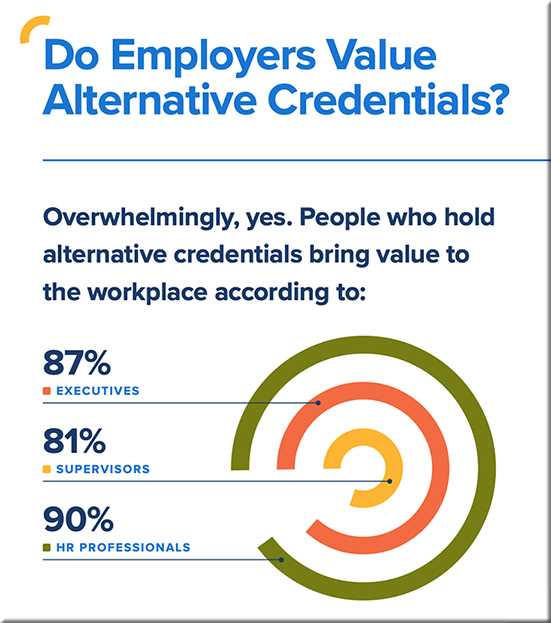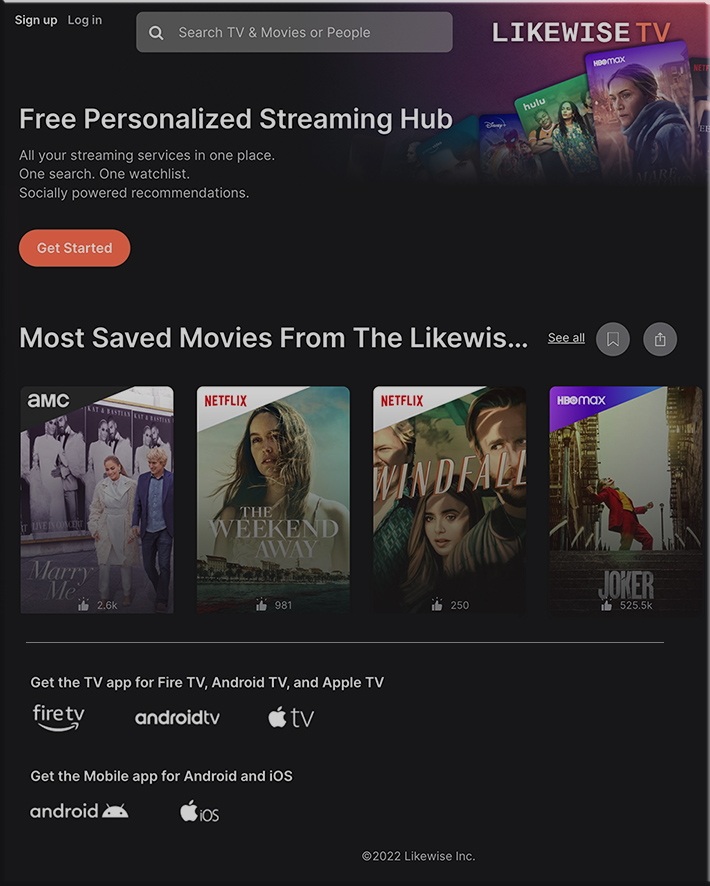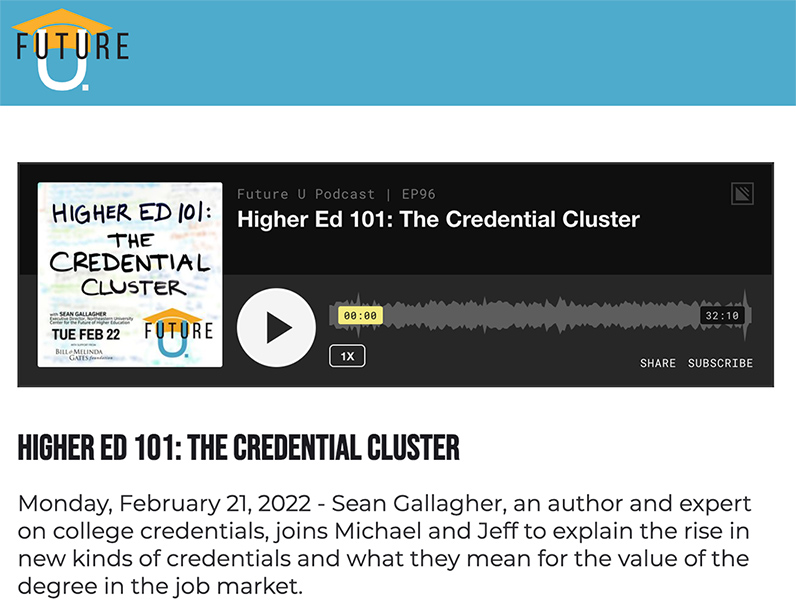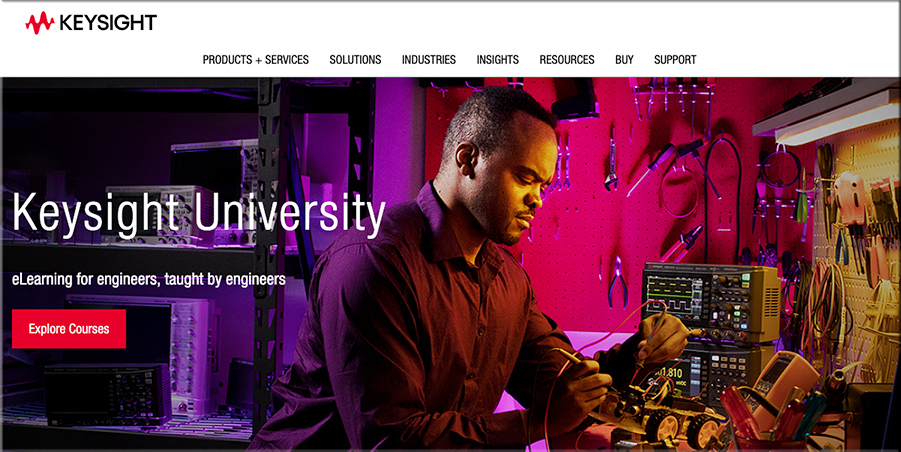From DSC:
Inflation way up. Real wages way down. Not a good mix for higher education. And faculty members aren’t the only ones impacted here. These developments may cause the rise of additional alternatives to institutions of traditional higher education out there.
One of the resources mentioned in Isha Trivedi’s article out at The Chronicle of Higher Education that’s entitled “Faculty-Pay Survey Records the Largest One-Year Drop Ever” was this one:
The Annual Report on the Economic Status of the Profession, 2021-22 — from the American Association of University Professors (AAUP)
Key Findings (emphasis DSC):
Provisional results were released in early April 2022, including summary tables and institution-level datasets. Key findings include:
- From 2020–21 to 2021–22, average salaries for full-time faculty members increased 2.0 percent, consistent with the flat wage growth observed since the Great Recession of the late 2000s.
- Real wages for full-time faculty fell below Great Recession levels in 2021, with average salary falling to 2.3 percent below the 2008 average salary, after adjusting for inflation.
- Real wages for full-time faculty members decreased 5.0 percent after adjusting for inflation, the largest one-year decrease on record since the AAUP began tracking this measure in 1972.
- In 2021–22, 97.2 percent of full-time faculty members were covered by retirement plans, a 2.8 percentage point increase from 2020–21.
- Institutions reported full-time faculty salaries for women that are 81.9 percent of those for men in 2021–22, on average. The gender pay gap is greatest at the full professor rank.
- From 2019–20 to 2021–22, the number of full-time women faculty members increased 1.6 percent, compared with a 2.5 percent decrease for men.
- In 2020–21, average pay for adjunct faculty members to teach a course section ranged from $2,979 in public associate’s institutions without ranks to $5,557 in public doctoral institutions.
- In fall 2020, about three in five (61.5 percent) faculty members were on contingent appointments.
Also relevant, see:
- The Big Quit | Even tenure-line professors are leaving academe. – from chronicle.com by Joshua Doležal
- Higher Ed’s Enrollment Crash Has Been Underway for Years — from chronicle.com by Audrey Williams June















